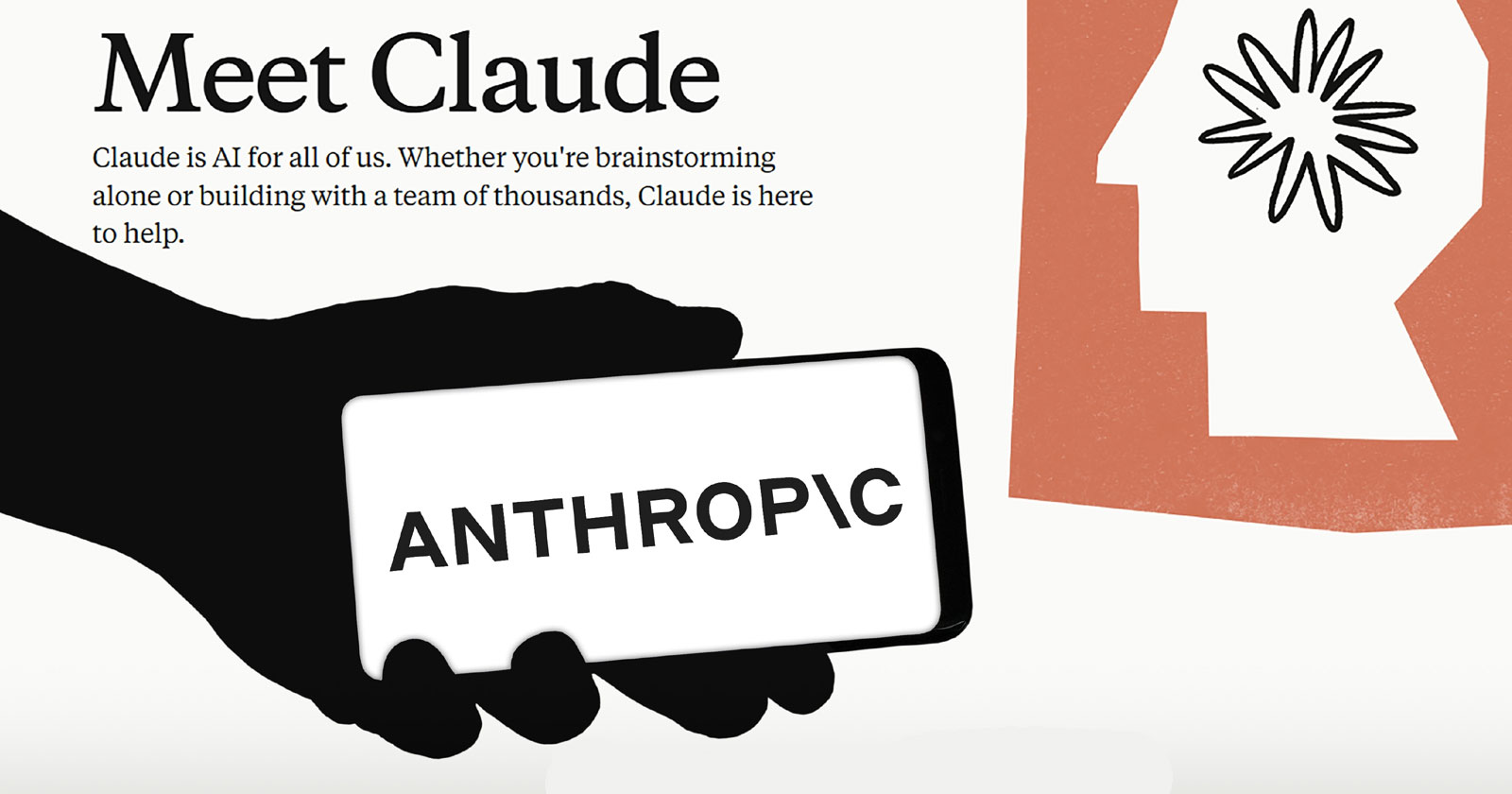THE BIG HOP
“A nonstop flight across the Atlantic might be routine to us,” writes Rooney, a British author. “But it is only possible because of those who went first.” And the first were Britain’s John Alcock and Arthur Brown, who made the crossing in 1919 in a modified Vickers Vimy bomber. The journey was, in fact, part of a race sponsored by a British newspaper, although it wasn’t much of a contest. Four aircrews assembled in Newfoundland, aiming to reach Ireland, but two of them didn’t get off the ground. Another made it halfway before being forced down by storms and engine failure (the pilots were rescued by a passing ship). Rooney emphasizes the fragility of the planes, which were held together with wire and wood. (The author knows the planes well: In his 20s, he worked as a guide at the London Science Museum, where the Vimy is on display.) Unreliable equipment and terrible weather were serious impediments for Alcock and Brown. They were experienced airmen—both piloted planes during World War I—but there were, according to their later accounts, many times when they didn’t think they would make it. After 16 hours in an open cockpit, they reached Ireland, accidentally landing in a bog on an early Sunday morning in June. The impact snapped the aircraft’s fuel lines, filling the cockpit with petrol. The airmen hurriedly climbed out of their plane. “What do you think of that for fancy navigating?” Brown asked Alcock. “Very good,” Alcock replied. And the men shook hands. Rooney pieces the story together from articles and memoirs, noting that the accomplishment was overshadowed by Charles Lindbergh’s solo crossing eight years later.


“A nonstop flight across the Atlantic might be routine to us,” writes Rooney, a British author. “But it is only possible because of those who went first.” And the first were Britain’s John Alcock and Arthur Brown, who made the crossing in 1919 in a modified Vickers Vimy bomber. The journey was, in fact, part of a race sponsored by a British newspaper, although it wasn’t much of a contest. Four aircrews assembled in Newfoundland, aiming to reach Ireland, but two of them didn’t get off the ground. Another made it halfway before being forced down by storms and engine failure (the pilots were rescued by a passing ship). Rooney emphasizes the fragility of the planes, which were held together with wire and wood. (The author knows the planes well: In his 20s, he worked as a guide at the London Science Museum, where the Vimy is on display.) Unreliable equipment and terrible weather were serious impediments for Alcock and Brown. They were experienced airmen—both piloted planes during World War I—but there were, according to their later accounts, many times when they didn’t think they would make it. After 16 hours in an open cockpit, they reached Ireland, accidentally landing in a bog on an early Sunday morning in June. The impact snapped the aircraft’s fuel lines, filling the cockpit with petrol. The airmen hurriedly climbed out of their plane. “What do you think of that for fancy navigating?” Brown asked Alcock. “Very good,” Alcock replied. And the men shook hands. Rooney pieces the story together from articles and memoirs, noting that the accomplishment was overshadowed by Charles Lindbergh’s solo crossing eight years later.






















![How To Launch, Grow, and Scale a Community That Supports Your Brand [MozCon 2025 Speaker Series]](https://moz.com/images/blog/banners/Mozcon2025_SpeakerBlogHeader_1180x400_Areej-abuali_London.png?auto=compress,format&fit=crop&dm=1747732165&s=beb7825c980a8c74f9a756ec91c8d68b#)
![Clicks Don’t Pay the Bills: Use This Audit Framework To Prove Content Revenue [Mozcon 2025 Speaker Series]](https://moz.com/images/blog/banners/Mozcon2025_SpeakerBlogHeader_1180x400_Hellen_London.png?auto=compress,format&fit=crop&dm=1747758249&s=9f3c5b1b7421f862beace1cb513053bb#)
![How To Create an Integrated Strategy That Increases Brand Mentions and Visibility [Mozcon 2025 Speaker Series]](https://moz.com/images/blog/banners/Mozcon2025_SpeakerBlogHeader_1180x400_JamesH_London.png?auto=compress,format&fit=crop&dm=1747780409&s=9bf9f0a2623b4a8be6eaf8f235115505#)








.png)

















![The 11 Best Landing Page Builder Software Tools [2025]](https://www.growthmarketingpro.com/wp-content/uploads/2024/04/best-landing-page-software-hero-image-1024x618.png?#)































































![Social media image sizes for all networks [June 2025]](https://blog.hootsuite.com/wp-content/uploads/2023/01/Social-Media-Image-Sizes-2023.png)


![What you're doing wrong in your marketing emails [according to an email expert]](https://53.fs1.hubspotusercontent-na1.net/hubfs/53/jay-schwedelson-mim-blog.webp)

![These AI workflows can 10X your marketing productivity [+ video]](https://www.hubspot.com/hubfs/Untitled%20design%20-%202025-05-29T135332.005.png)




















